Did you know that chickens make up roughly 91% of the world’s poultry population and produce about 89% of global poultry meat? Ducks account for ~5%, turkeys ~2%, and geese plus guinea fowl the remaining ~2%. These figures highlight how central poultry is to global diets. So—what exactly counts as poultry, which species are most common, and how does ecological/organic rearing differ from conventional systems?
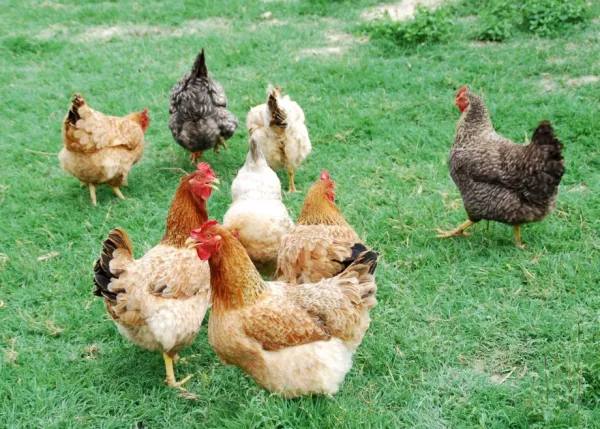
Note: In a broad, practical sense “poultry” means domesticated birds raised for meat, eggs, and/or feathers. Taxonomically, not all poultry sit in Galliformes—waterfowl such as ducks, geese, and swans are Anseriformes. Below we use a use-based definition.
Poultry (farm or yard birds) are domesticated birds raised for meat, eggs, and/or feathers. They’re found worldwide and adapt well to diverse climates. Common traits include:
Primary uses: meat, eggs; some for feather/down (e.g., goose down).
Body plan: generally medium to large, robust build; strong hindlimbs for running and scratching; sharp claws in some breeds.
Diet: grains and formulated feeds (often with greens/invertebrates as supplements).
Flight: most domestic poultry rarely fly (heavy breeds especially); waterfowl flight capacity is often reduced after domestication.
Taxonomy tip: Landfowl (chickens, turkeys, guinea fowl, quail, pheasants) are mainly Galliformes; waterfowl (ducks, geese, swans) are Anseriformes.
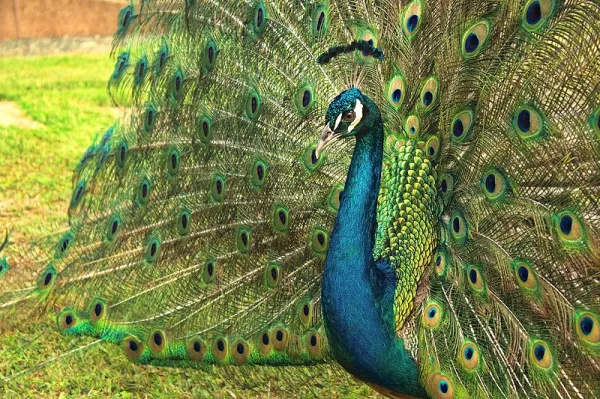
Core production birds (meat/eggs):
Chicken (Gallus gallus domesticus), Turkey (Meleagris gallopavo f. domestica),
Ducks (chiefly the domestic mallard Anas platyrhynchos domesticus and Muscovy Cairina moschata domestica),
Geese (e.g., domestic goose Anser anser domesticus),
Guinea fowl (Numida meleagris), Quail (Coturnix coturnix and relatives), Pheasant (Phasianus colchicus), Ostrich (Struthio camelus), etc.
Broader “domesticated birds” sometimes managed like poultry (ornamental/companion):
Peafowl (Pavo cristatus), domestic pigeon (Columba livia), swans (Cygnus spp.), and psittacines (macaws, parrots, parakeets).
Below we focus on food/egg poultry.
Use & range: Meat production; extensive in North America, now widespread in Europe/Asia.
Traits: Large frame, fast growth, heavy breast; toms show caruncles and colorful bare head/neck skin.
Background: Descended from Southeast Asian junglefowl; the dominant global poultry. Specialized broiler (meat), layer (egg), dual-purpose, and fancy/ornamental lines exist.
Meat-type examples: Prat, Barnevelder, Ancona, Andalusian Blue / Southern Andalusian.
Layer examples: Orpington, Australorp, Guinea fowl (Numida meleagris) kept for eggs in some regions, and Castellana Negra.
Note: Many fancy breeds are kept as companions and for shows.
Major domestic sources:
Mallard-derived domestic duck (Anas platyrhynchos domesticus)—very diverse in size and performance.
Muscovy (domestic) (Cairina moschata domestica)—a.k.a. Barbary/Muscovy duck.
Regional note: Asia leads in duck domestication and consumption; both meat and egg production are common.
Use: Meat and down/feathers; smallholder and large-scale systems in Africa, Europe, and Asia.
Traits: Efficient grazers, suited to semi-extensive systems; good watchdog behavior.
Guinea fowl (Numida meleagris): firm, gamey meat.
Quail (Coturnix coturnix and domesticated lines): early maturity, fast turnover; meat and eggs.
Pheasant (Phasianus colchicus): meat production and game release.
Ostrich (Struthio camelus): red meat, leather, feathers.
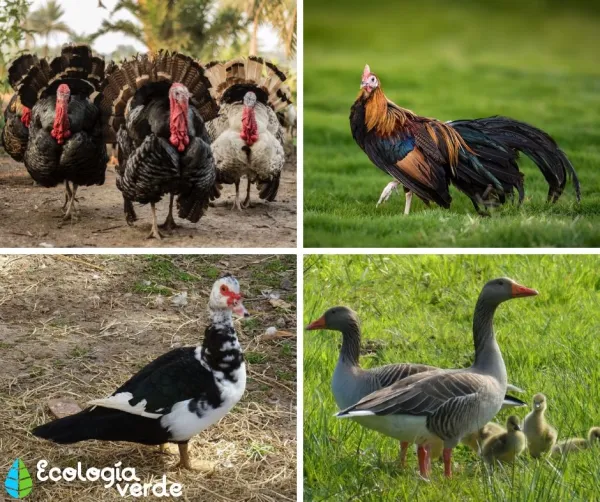
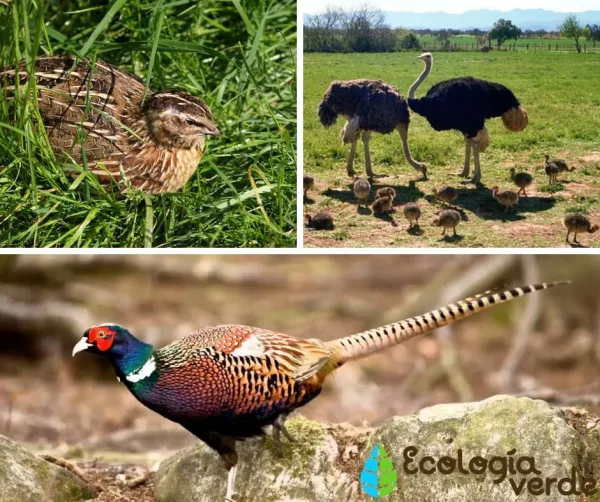
Compared with high-density, speed-oriented conventional systems, ecological/organic production emphasizes animal welfare, environmental care, and traceability:
Transport & stress: Shorter journeys, appropriate stocking to limit heat/crowding stress; no tranquilizers before/during transport.
Traceability: For commercial sales (beyond household use), identify and document animals/products throughout rearing, slaughter, cutting, transport, and retail.
Feed rules: No synthetic amino acids or chemical growth promoters; no force-feeding; prioritize organic raw materials and natural rations.
Environment & welfare: Provide clean, bright, ventilated housing plus ample outdoor runs. Birds must freely access indoors (roost, shelter from heat/cold) and outdoors (for natural behaviors: scratching, dust-bathing, foraging, grooming).
Waterfowl should have access to open water or suitable water facilities for bathing and preening.
Landfowl need perches, nest boxes, and dry bedding.
Health management: Prevention first (sound biosecurity, hygiene, sensible stocking densities), reduced reliance on antibiotics; isolate and treat sick birds promptly.
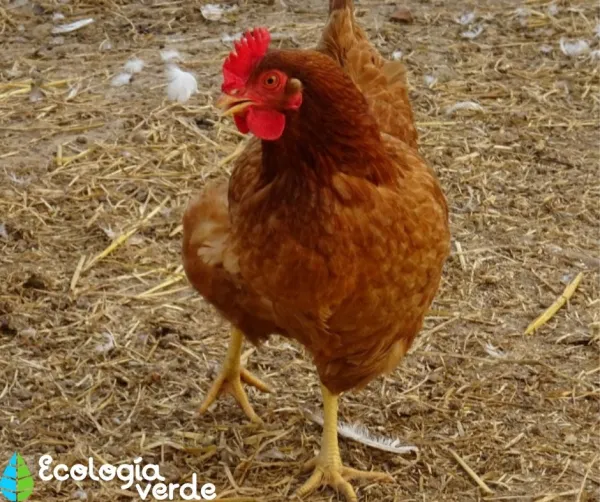
Rearing to these standards yields poultry that better reflects animal welfare and sustainability principles, while offering consumers clearer origin and quality assurance.
Bibliography
Poultry Species. Food and Agriculture Organization of the United Nations (FAO): Agricultural Production and Products.
Organic Poultry Farming (April 5, 2012) ECOCERT Group.
García, R., Berrocal, J., Moreno, L. & Ferrón, G. (2014). Organic Production of Laying Hens. Andalusian Regional Government: Ministry of Agriculture, Fisheries and Rural Development.
animal tags: poultry
We created this article in conjunction with AI technology, then made sure it was fact-checked and edited by a Animals Top editor.